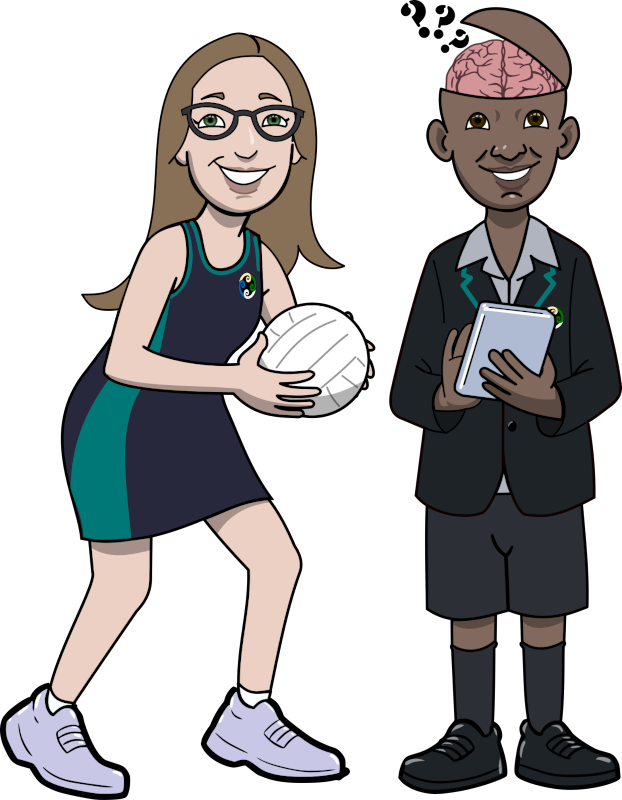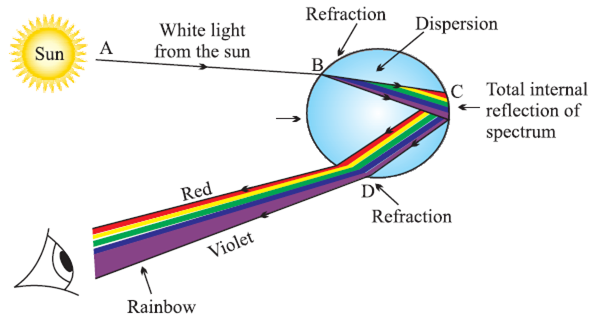T3 W8+W9
Section outline
-
EXPLORE / TŪHURA learning intentions:
- We are EXPLORING the composition of our atmosphere by investigating how light affects our atmosphere and connecting this to how we see.
- We are EXPLORING the visibility of light in the atmosphere by connecting this to the parts of our eye and their functions through our investigation and observations made with our cow eye ball dissection
I am an active learner as I know what I need to learn, where I am with that learning and what my next learning steps are:
- Emerging:
- I know what I am learning and why
- I can use evidence to identify where I am with my learning
- I can use evidence to identify my next learning steps
- Growing:
- I can describe what I am learning and why, using our shared language for learning; GREAT Ako
- I can use evidence to describe where I am with my learning
- I can use evidence to plan and take my next learning steps
MHJC Great Learner Learning to Learn / Ako: Brain


Following our lessons on Greenhouse effects - we are looking at how light interacts with the atmosphere and will also look at how our eyes process the light we see.
Plan for the weeks are as follows:
W8:
Mon: Earth's layers, layers of the atmosphere
Wed: Scientific literacy relief on GC
Thurs: What is light, how do we 'see' light - Lightbox experiment
W9:
Mon: Parts of the eye, and how we 'see'
Wed: Cow eyeball dissection.
Thurs: Scientific literacy.
Paearu Angitu / Success Criteria: I can/have...
--describe what types of light the Sun mostly gives off
--state 3 things that light can do when it encounters an object
--decide how light interacts with different materials on Earth
I can represent how we see using a diagram
I can label the parts of the human eye
I can describe the function of the lens
Hei Mahi / Activities:
- Light box experiment
- Scientific literacy activity on GC
- Eyeball dissection
Mahi Kāinga / Homework:
EP
